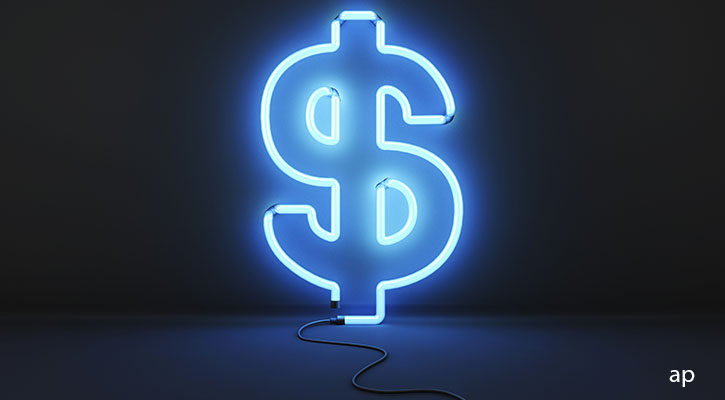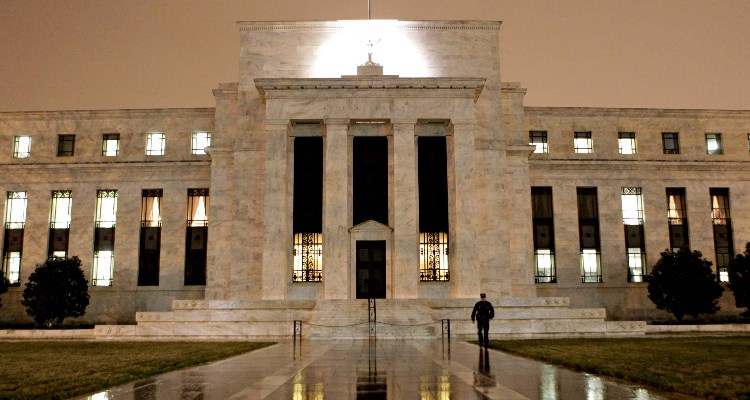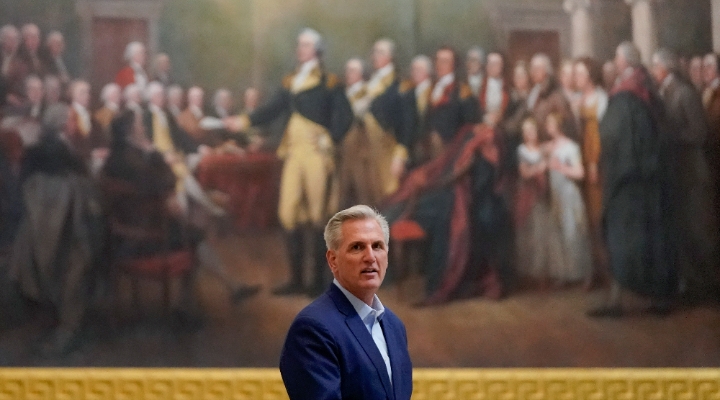Will the U.S. Federal Reserve continue to raise rates? Or will the Fed cut? In either case, will we have a recession? How bad will it be?
These are a few questions swirling in investors’ minds right now. Capital Group thinks the current equity markets are downplaying the high possibility of an economic recession. The asset manager’s strongest conviction lies in a steepening of the yield curve.
In just a little over a year, the Fed increased benchmark interest rates 10 times in a row. Interest rates are now above 5% for the first time in a decade and a half, but many economists, including those at Morningstar, think the hikes are over. Preston Caldwell, head of U.S. economics at Morningstar, suggests that the May hike was the last one and Fed could begin cutting rates starting the end of 2023.
This doesn’t mean the risks in the market are dissipating.
The Market is Downplaying the Risk of an Economic Recession
Flavio Carpenzano, investment director at Capital Group, thinks the current market price is downplaying the high possibility of an economic recession. For instance, a volatility spike following the stress in the U.S. banking sector only widened spreads slightly. On average, spreads remain range-bound year to date.
“If you see the current indicators, the labor market and the economy seem resilient. On the flip side, what’s happening in the U.S. banking sector started to translate into tightening financial conditions. Less credit is available in the system. This usually points to a potential recession in the economy.”
To him, bringing inflation back to the Fed’s 2% target without an economic recession is unlikely.
“Historically, it has been very difficult to engineer a soft landing, particularly when you now have a situation like the current one in the U.S., where inflation is mainly driven by strong demand and a tight labor market,” he says. He acknowledges that these two contradicting signals are creating uncertainty about whether and when the economy will slide into a recession.
Right Now, Defensiveness is the Best Move
“If we have a recession, there is a question about how deep this recession could be. This uncertainty is not fully incorporated into current valuations – that is making us cautious,” says Carpenzano, who stresses that this explains a defensive tilt in his global bond portfolios. “The uncertainty still remains relatively high and it is difficult to have a big outright view,” he says.
Capital Group’s strongest conviction lies in a steepening of the yield curve.
In U.S. rates, the firm’s bond strategies are overweight on the front end of the yield curve. To offset risks arising from U.S. inflation falling at a pace slower than the market has expected, the portfolios have a marginal underweight allocation to longer-end treasury bonds.
With a portfolio constructed this way, on the one hand, it is positioned to gain from the anticipated steepening of the yield curve. On the other hand, slight underweight in duration will balance the risk against a scenario where the economy remains resilient, and inflation stays elevated.
This is in contrast to what drove the excess returns in Capital Group’s bond portfolios in 2022, which benefitted mainly from the short-dated treasury inflation-protected securities, as well as from its underweight allocations to bond durations. Into 2023, those exposures have been reduced significantly.
Therefore, either if the Fed stays put on the rate decision or pivots to cut rates, bond investors are in a beneficial position, says Carpenzano.
“In a scenario where the Federal Reserve keeps this higher level of rates for longer, as a fixed income investor, you earn a high yield on the portfolio. If we enter into a recession and the Fed cuts rates, bond investors can take the carry – the yield of the portfolio plus the price appreciation because rates go down,” he suggests.
The defensive tilt will remain relevant unless there is a drastic change in both fundamentals and valuations.
In Terms of the U.S. Credit Market, Stick to High-Quality Issuers
Carpenzano thinks opportunities can be found in the U.S. credit market, but he sticks only to higher-quality issuers. “Yields in the high-quality corporate bond market are that we haven’t seen in decades,” he says.
“Today, [yield derived from] U.S. corporate bonds is around 5.5%. If you just look at 2021 or during the low before this inflation, it was 1.5%. You can see how much more attractive it is for a market where the default rate is not your main concern – it is virtually zero.”
As the higher quality part of the spectrum is driven by the macro situation, meaning higher interest rates, this elevated yield market will be supported. A stabilization of the macro environment, which means a pause on rate hikes, is a tailwind for the investment grade market.
The total return profile of investment-grade bonds is also appealing. “If you combine these [factors] with a starting yield which is quite elevated, the potential total return from investment grade bond market over the year may be positive even in the recessionary environment.”
When a recession in the economy hits, the typical longer duration of investment-grade bonds could also be beneficial. “The spread will widen but it is not going to widen as much as it will in the high yield market. Having a duration of around seven years would benefit from a decline in rates.”
 US Inflation Now Below 5%
US Inflation Now Below 5%
 Strong Pick-up in Fixed Income Boosts 60-40 Portfolio Returns
Strong Pick-up in Fixed Income Boosts 60-40 Portfolio Returns
 What Caused 2023's 'Everything' Rally?
What Caused 2023's 'Everything' Rally?
 When Will Oil Demand Peak? And Does it Matter?
When Will Oil Demand Peak? And Does it Matter?
 Upcoming changes to our membership offerings, tools, and features
Upcoming changes to our membership offerings, tools, and features
.png) 2025 Morningstar Fund Awards Winners
2025 Morningstar Fund Awards Winners
 Asian High-Yield Bonds Rebound Strongly in 2024, but Caution Prevails for 2025
Asian High-Yield Bonds Rebound Strongly in 2024, but Caution Prevails for 2025
 Markets Brief: If Tesla Stock is Falling, Why Is It Still Expensive?
Markets Brief: If Tesla Stock is Falling, Why Is It Still Expensive?
 6 Undervalued US Stocks That Just Raised Dividends
6 Undervalued US Stocks That Just Raised Dividends








.jpg)





